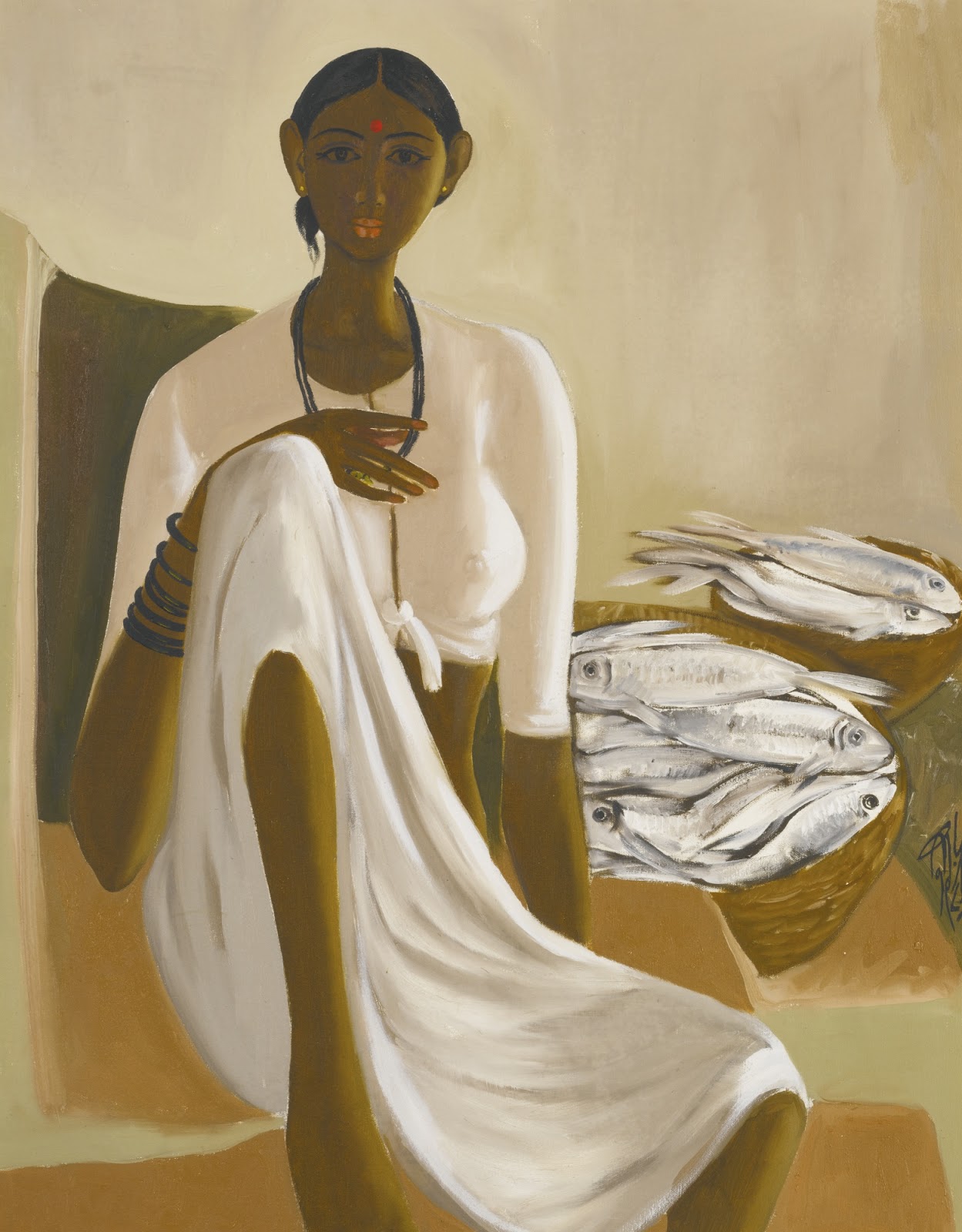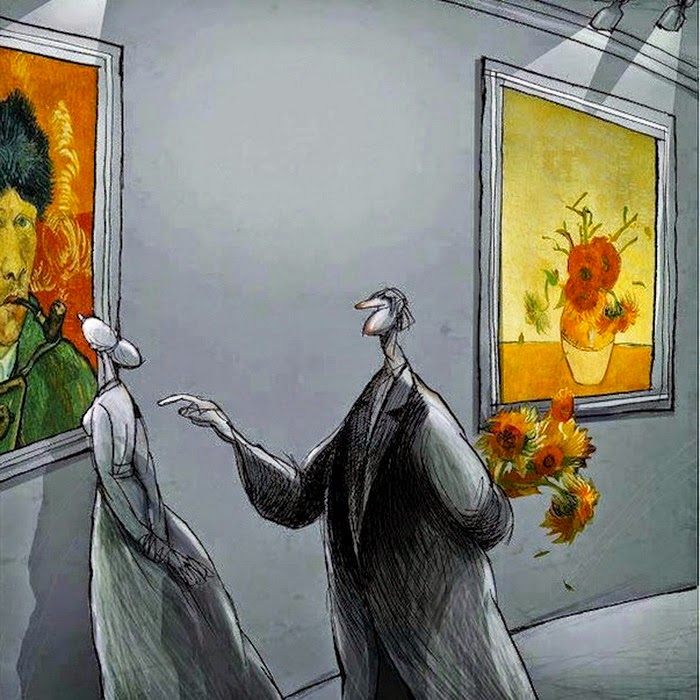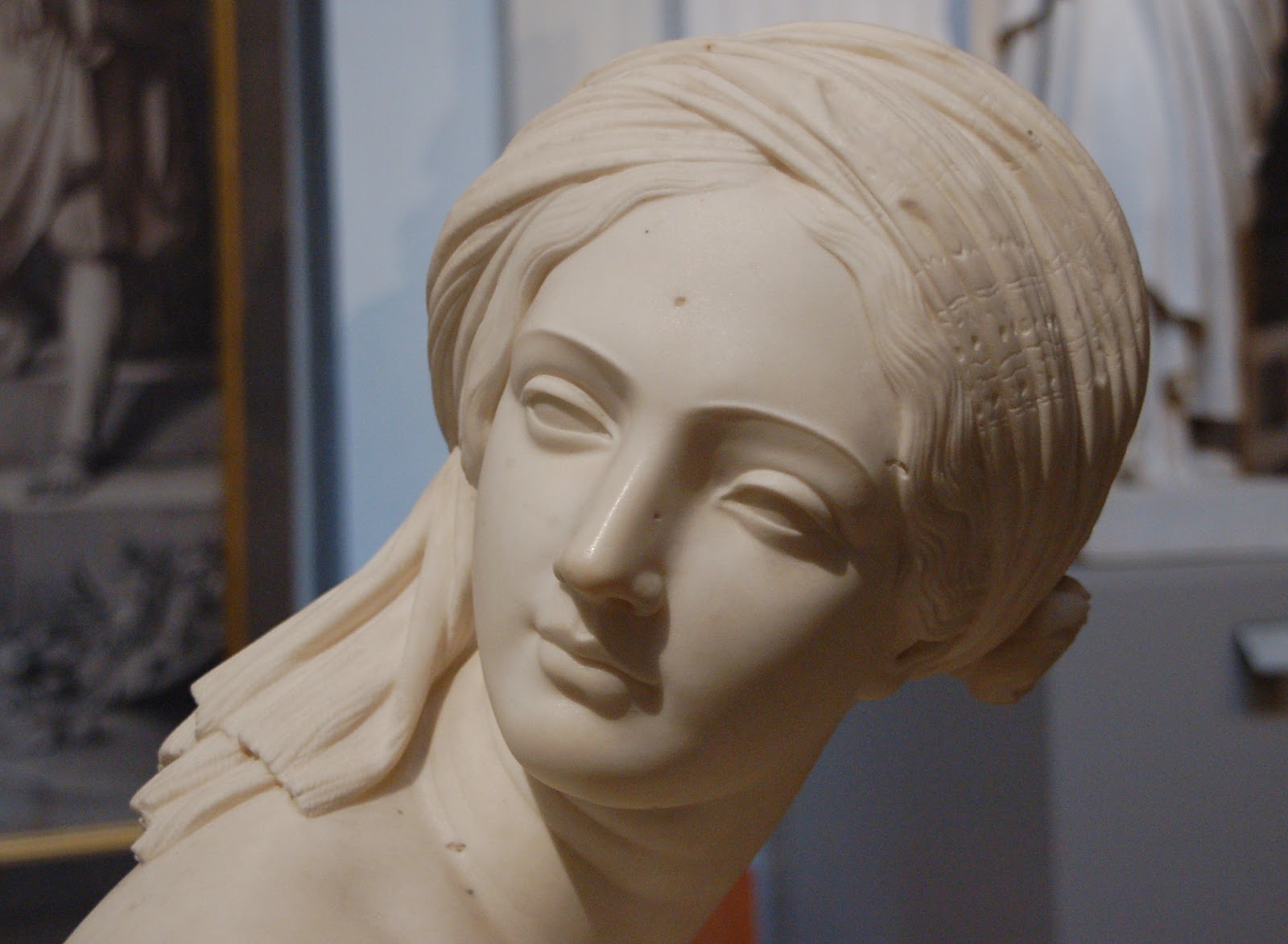Izumi Kogahara / 川原泉 is an Japanese painter🎨, born in Utsunomiya, Tochigi Prefecture, Japan. In 2000 she obtained her artistic diploma from the University with honors.
Artist statement
"I would like to describe human beings’ original and complex inner mind with my own “words” (the way of presentation) by feeling energy from them.
Either they are objective way or abstract way, I continue to describe them with same belief".













.jpg)
.jpg)

